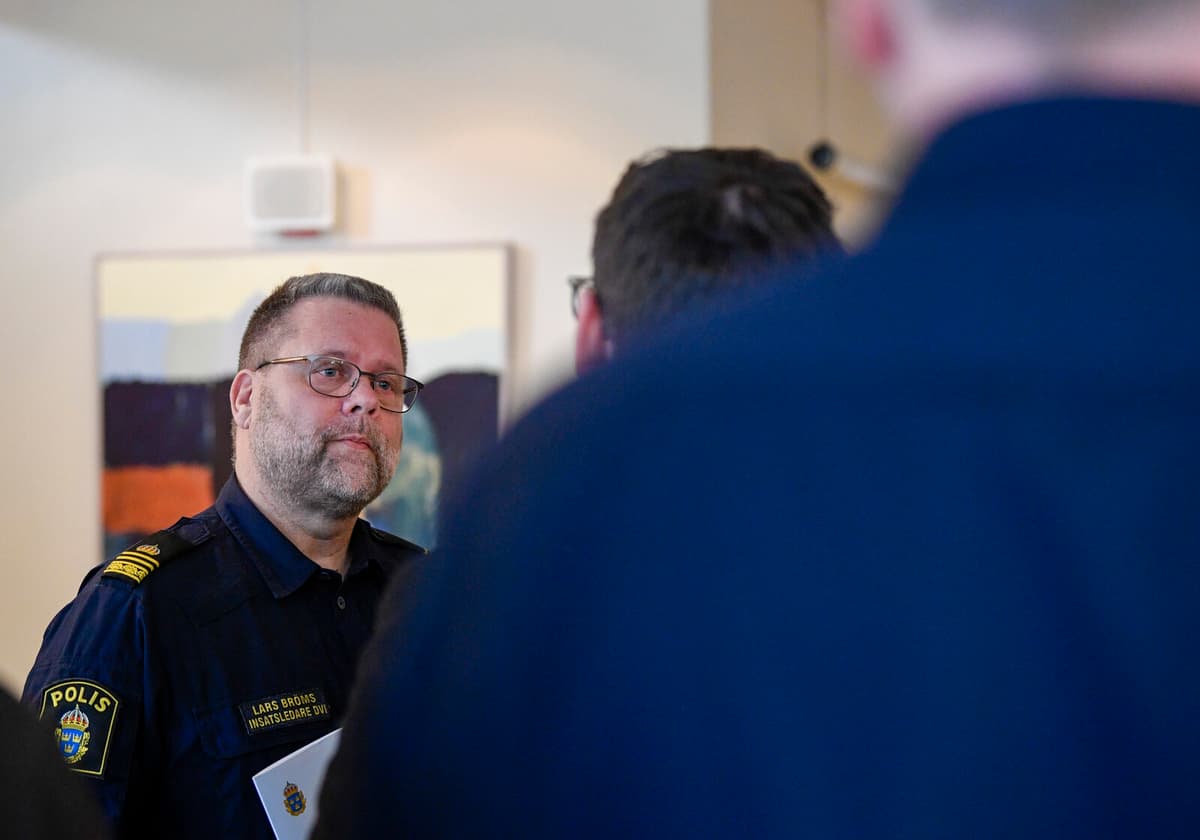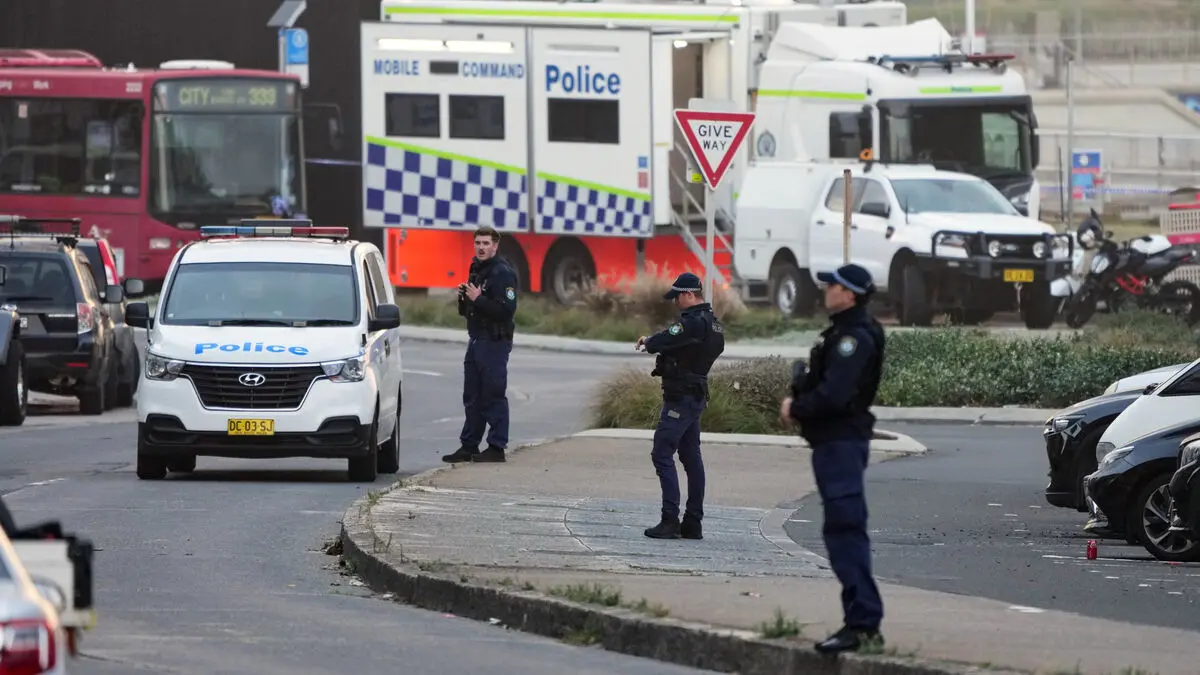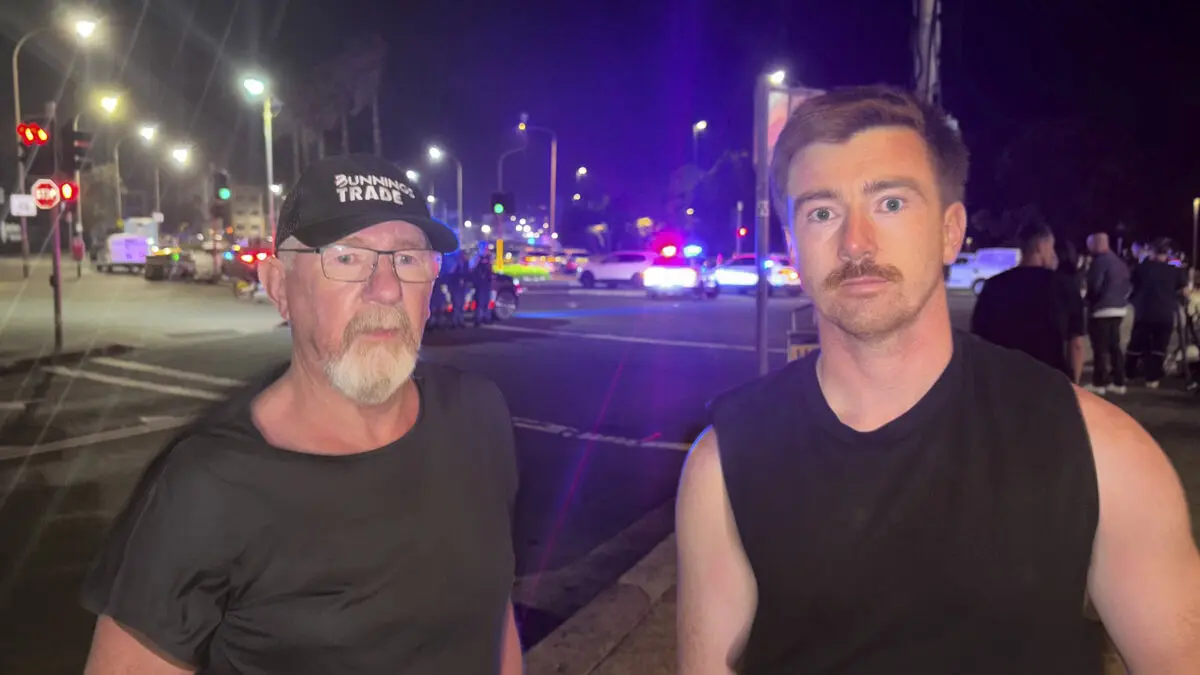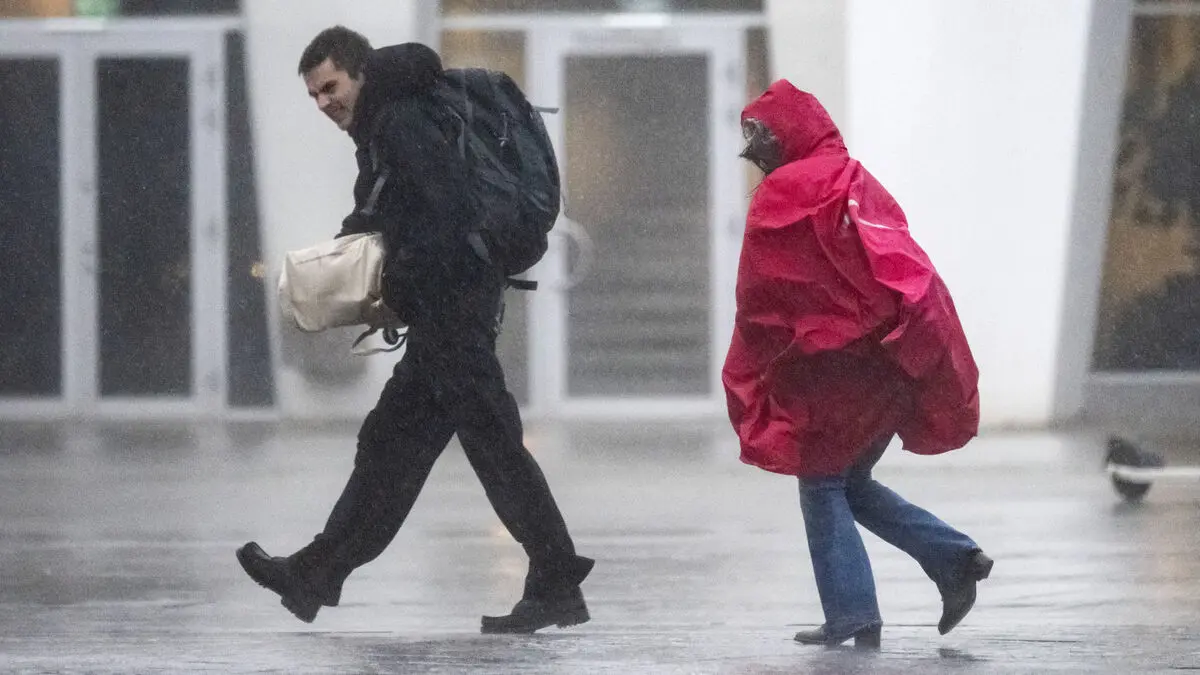The work with the deceased was completed on site at half past one in the morning. They have now been taken to the National Board of Forensic Medicine in Solna for autopsy.
We are also looking for identification factors, says Lars Bröms, incident commander for the police group working on identifying the deceased.
Our purpose is to give the deceased a name and for the relatives to get their loved ones back home.
Staff from the National Board of Forensic Medicine are also participating in the work.
The identification is being made with the help of fingerprints, comparisons with dental records and DNA.
In parallel, the group is conducting interviews with relatives in Örebro, where questions are being asked about the missing person and DNA samples are being taken from relatives for comparison.
Lars Bröms says that the information does not seem to have reached out properly about where relatives should turn. He urges all those who have not been able to contact their relatives to contact the police:
I urge them to immediately contact the police, and we will come to them.
He cannot say for certain when the formal identification of all eleven deceased will be completed. He refers to other similar situations, such as the terrorist attack on Drottninggatan in Stockholm, which took 48 hours.
My goal is for it to be the same here.
Correction: An earlier version contained an incorrect statement about where the deceased were taken for autopsy.





